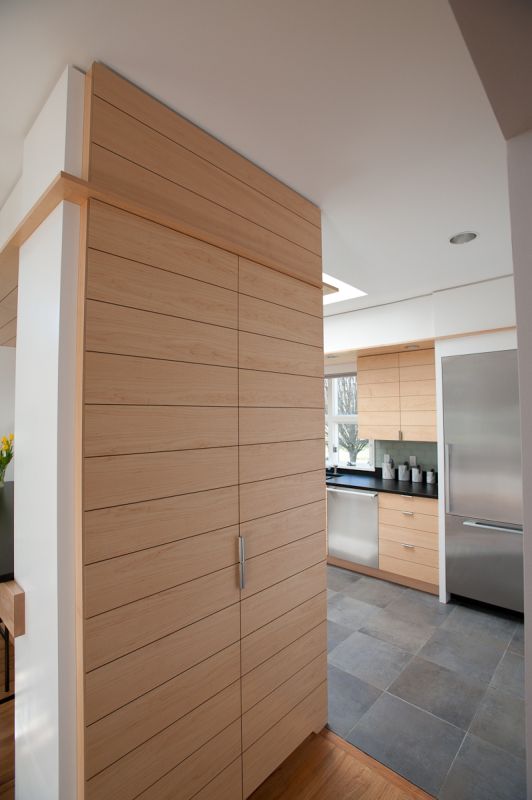Question
I am making paneled doors with M&T construction. When dry assembled, I notice that some are not flat (I test by balancing them on their edges and sighting down them). The stock is flat and the joints are accurately cut, but obviously, something is wrong. How do you achieve perfect flatness?
Forum Responses
Do you use "set-up blocks" when setting up your knives? There could be inconsistent cutting by a fraction, which mis-aligns the joint. For example: the tenon on one end of the rail could be very slightly different from that on the other end, if you had different set-up times. I like to do all the stiles with the same set-up, then using one of them as a set-up block, align the knives in the spindle and make sure it turns freely without scraping. Accurate set-up should take the wind out.
